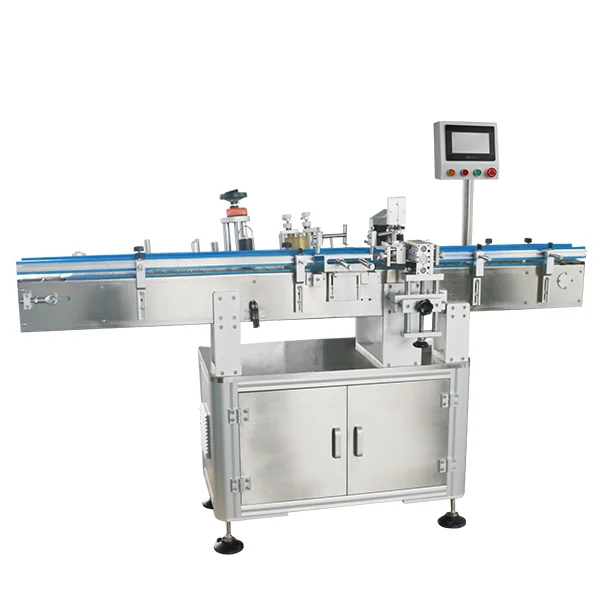The Essential Guide to Priming Plywood Before Staining: Do You Really Need It?
When embarking on a woodworking project, particularly one involving plywood, the question often arises: Do I need to prime plywood before staining? This inquiry is crucial for achieving a professional finish and ensuring the longevity of your project. In this article, we will delve into the intricacies of plywood preparation, the role of primers, and the impact of staining techniques on the final outcome.
Understanding Plywood and Its Characteristics
Plywood is a versatile engineered wood product made from thin layers of wood veneer glued together. Its layered structure provides strength and stability, making it a popular choice for furniture, cabinetry, and various DIY projects. However, the surface of plywood can be quite porous and uneven, which poses challenges when it comes to staining.
The Importance of Priming
Priming is a preparatory step that involves applying a coat of primer to the surface of the wood before painting or staining. The primary purposes of priming plywood include:
- Sealing the Surface: Plywood can absorb stains unevenly due to its porous nature. A primer acts as a sealant, creating a uniform surface that helps the stain adhere evenly, resulting in a more consistent color.
- Enhancing Adhesion: Stains, especially oil-based ones, may not adhere well to raw plywood. A primer improves the bond between the wood and the stain, reducing the risk of peeling or chipping over time.
- Preventing Stain Bleeding: Plywood can contain resins and tannins that may bleed through the stain, leading to discoloration. A quality primer can block these substances, ensuring that the stain remains true to its intended color.
- Improving Finish Quality: Priming can enhance the overall appearance of the finished product. It provides a smoother surface for the stain to settle into, resulting in a more polished look.
Types of Primers Suitable for Plywood
When selecting a primer for plywood, consider the following options:
- Oil-Based Primers: These are excellent for sealing porous surfaces and blocking stains. They provide a robust barrier against moisture and are ideal for outdoor projects or areas prone to humidity.
- Water-Based Primers: These are easier to clean up and dry faster than oil-based primers. They are suitable for indoor projects and are less odorous, making them a preferred choice for many DIY enthusiasts.
- Shellac-Based Primers: Known for their superior stain-blocking properties, shellac-based primers are effective in preventing tannin bleed. They dry quickly and can be used under both oil and water-based stains.
When You Might Skip Priming
While priming is generally recommended, there are scenarios where you might consider skipping this step:
- Using Gel Stains: Gel stains are thicker and designed to sit on the surface rather than penetrate deeply. They can often be applied directly to raw plywood without the need for a primer.
- Achieving a Distressed Look: If your project aims for a rustic or distressed finish, you may choose to forgo priming to allow the wood's natural imperfections to show through.
- Specific Stain Formulations: Some modern stains are formulated to penetrate and adhere well to raw wood without the need for a primer. Always check the manufacturer's recommendations.
Best Practices for Priming Plywood
If you decide to prime your plywood before staining, follow these best practices:
- Surface Preparation: Sand the plywood surface with fine-grit sandpaper to remove any rough spots and ensure better adhesion. Clean the surface to remove dust and debris.
- Application Technique: Use a high-quality brush or roller to apply the primer evenly. Avoid over-brushing, which can lead to streaks and uneven coverage.
- Drying Time: Allow the primer to dry completely according to the manufacturer's instructions before applying the stain. This step is crucial for achieving the best results.
- Test a Sample: Before committing to the entire project, test the primer and stain combination on a scrap piece of plywood. This will give you an idea of how the final finish will look.
Conclusion
In summary, whether you need to prime plywood before staining largely depends on the desired outcome and the specific materials you are using. Priming offers numerous benefits, including enhanced adhesion, improved finish quality, and prevention of stain bleeding. However, in certain cases, such as with gel stains or specific formulations, you may opt to skip this step. Ultimately, understanding the characteristics of your materials and following best practices will lead to a successful and visually appealing project. By taking the time to prepare your plywood properly, you can ensure that your woodworking endeavors yield professional results that stand the test of time.

